Are corroded and leaky galvanized pipes giving you plumbing nightmares? Fear not. Discover the secret to restoring your peace of mind with this guide on the cost of replacing galvanized pipes.
We’ve got you covered on this transformative plumbing journey.
How Much Does It Cost to Replace Galvanized Pipes?
When it comes to replacing galvanized pipes, the cost can vary significantly, ranging from as low as $1,500 to a staggering $15,000 or potentially even higher.
However, fret not, as an experienced plumber can guide you through this daunting process, assisting in selecting a piping solution that suits both your budget and the timeless character of your home.
Factors That Influence the Cost of Replacing Galvanized Pipes
Several factors can influence the overall cost of replacing galvanized pipes. Understanding these factors can help homeowners anticipate the expenses involved and make informed decisions. Here are some key factors to consider:

Size and Length of the Plumbing System
The size and length of the plumbing system play a significant role in determining the cost of replacing galvanized pipes. Larger homes with extensive plumbing networks will generally require more materials and labor, resulting in higher costs.
The complexity of the system, including the number of bathrooms, kitchens, and fixtures, can also impact the overall price.
Accessibility of the Pipes
The accessibility of the galvanized pipes is another crucial factor affecting the cost. If the pipes are easily accessible, such as in a basement or crawlspace, the replacement process tends to be less labor-intensive and time-consuming, resulting in lower costs.
However, if the pipes are located inside walls, under the foundation, or in hard-to-reach areas, additional efforts, such as cutting through walls or floors, may be required, leading to increased expenses.
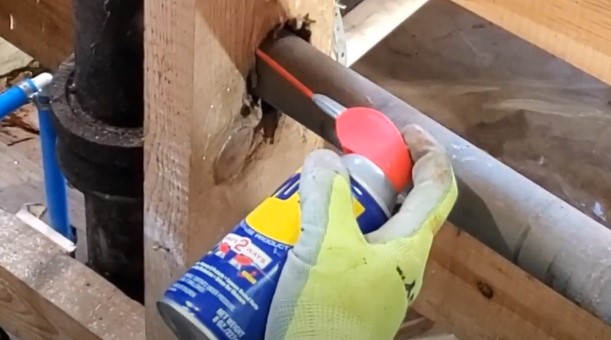
Type of Replacement Pipes
The type of pipes chosen for replacement can significantly impact the overall cost. There are various options available, including copper, PEX (cross-linked polyethylene), and PVC (polyvinyl chloride) [1].
While copper pipes are durable and have excellent longevity, they tend to be more expensive compared to PEX or PVC pipes. PEX and PVC pipes are generally more cost-effective and easier to install, but their suitability depends on factors such as local building codes and personal preferences.
Labor Costs
Labor costs can vary based on factors such as geographical location, contractor expertise, and market conditions. Hiring a licensed and experienced plumber is essential for a successful pipe replacement project. Plumbers may charge either an hourly rate or a fixed price for the entire project.
Obtaining multiple quotes from reputable plumbers can help homeowners compare costs and find a balance between quality and affordability.
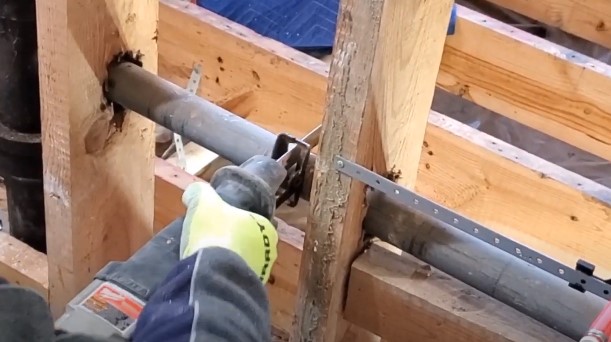
Permits and Inspections
Depending on local regulations, obtaining permits and scheduling inspections may be necessary during the pipe replacement process. Permit fees and inspection costs can add to the overall expenses.
It is crucial to check with local authorities to determine the specific requirements and associated costs before initiating the project.
Additional Repairs or Upgrades
During the pipe replacement, additional repairs or upgrades may be needed. For instance, if the galvanized pipes have caused water damage to walls or floors, restoration work may be necessary. Upgrading fixtures, valves, or water filtration systems can also contribute to the overall cost.
It is essential to assess the condition of the entire plumbing system and anticipate any potential repairs or upgrades to avoid unexpected expenses later on.
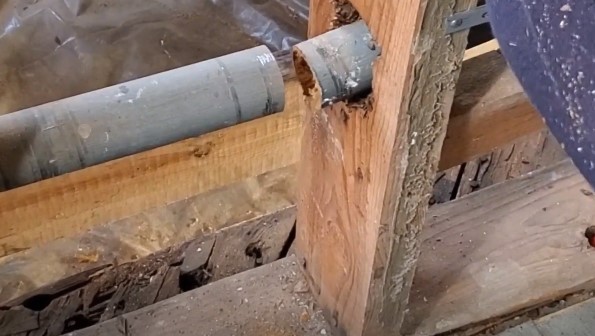
Emergency Situations
In some cases, galvanized pipe replacement may be required as an emergency measure due to severe leaks or bursts. Emergencies often require immediate attention and can result in higher costs due to expedited services and limited time for thorough planning.
Regular maintenance and proactive monitoring of the plumbing system can help homeowners avoid emergencies and better manage the cost of replacement.
Geographical Location
The cost of replacing galvanized pipes can also vary based on the geographical location. Different regions have different costs of living, labor rates, and market conditions. Urban areas or regions with higher demand for plumbing services tend to have higher prices.
Conversely, rural areas or regions with more competition among contractors may offer more competitive pricing.
It is important to note that the cost estimates provided are general guidelines, and actual costs can vary significantly depending on individual circumstances. Consulting with a qualified plumber and obtaining multiple quotes tailored to the specific plumbing system and needs of the home is recommended for an accurate cost assessment.
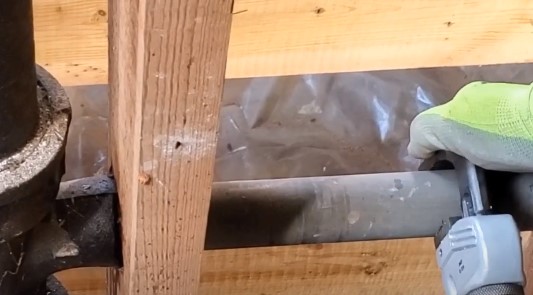
By considering these factors and thoroughly planning the replacement project, homeowners can make informed decisions, balance cost and quality, and ensure a reliable and efficient plumbing system for their homes.
Signs that Your Home’s Galvanized Pipes Needs Replacement
Galvanized pipes, once a popular choice for residential plumbing systems, have a limited lifespan and can deteriorate over time. Recognizing the signs that indicate the need for replacing galvanized pipes is crucial to prevent potential water damage, leaks, and costly repairs. Here are some common signs that homeowners should be aware of:
Discolored Water
One of the first signs of deteriorating galvanized pipes is a change in water color. If you notice reddish, brownish, or rusty-colored water coming from your taps, it is a clear indication that the protective zinc coating on the pipes has eroded, allowing rust and corrosion to develop.
Discolored water not only affects the aesthetic appeal but also indicates potential health risks and should be addressed promptly.
Low Water Pressure
Galvanized pipes, as they age, can accumulate mineral deposits, rust, and corrosion, leading to decreased water flow and low water pressure. If you notice a significant decrease in water pressure throughout your home, it could be a sign of internal pipe corrosion and blockage.
While there could be other causes for low water pressure, galvanized pipes should be inspected to rule out this common issue.
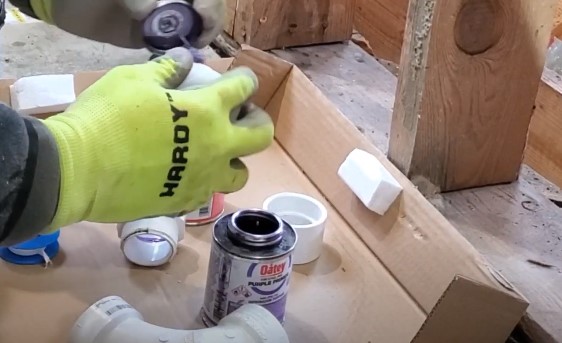
Frequent Leaks
Galvanized pipes, especially as they near the end of their lifespan, become more prone to leaks. The corrosion and rusting weaken the pipe walls, causing pinhole leaks, pipe bursts, and water damage to your property.
If you find yourself dealing with frequent leaks or notice water stains on walls, ceilings, or floors, it is an indication that the galvanized pipes are deteriorating and need replacement.
Strange Water Taste or Odor
As galvanized pipes degrade, they can affect the taste and odor of your tap water. The presence of rust and corrosion can result in a metallic or unpleasant taste and odor.
If your water has an off-putting smell or taste, it’s a warning sign that the galvanized pipes are contaminating the water supply and should be addressed promptly.
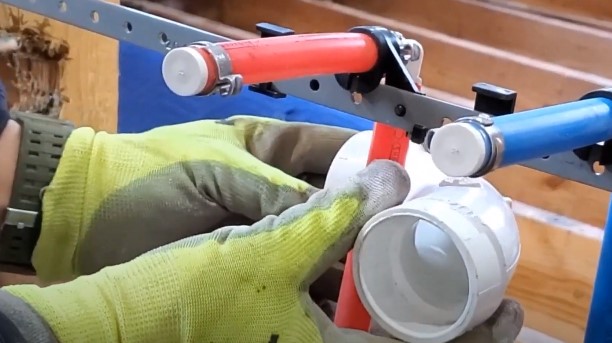
Visible Signs of Corrosion
Examine the visible sections of your galvanized pipes, such as those exposed in basements, crawlspaces, or utility rooms. Look for signs of corrosion, including rust, flaking, or a rough texture on the pipes.
These visible signs are strong indicators of pipe deterioration and suggest that a comprehensive inspection and potential replacement are necessary.
Old Age of the Plumbing System
If your home was built several decades ago and still has its original plumbing system, there is a high probability that galvanized pipes were used. Galvanized pipes installed more than 40 to 50 years ago are well beyond their intended lifespan and are prone to a multitude of issues.
In such cases, it is recommended to proactively replace the galvanized pipes to avoid potential plumbing emergencies and costly water damage repairs.
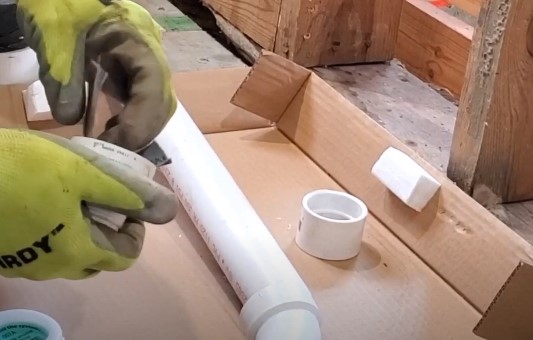
Frequent Plumbing Repairs
If you find yourself constantly calling a plumber for repairs, it could be a sign that your galvanized pipes are deteriorating. Ongoing plumbing issues, such as leaks, clogs, or recurring pipe bursts, indicate that the pipes have reached a point where repair efforts are no longer effective or cost-efficient.
Replacing the galvanized pipes will provide a long-term solution and minimize future repair expenses.
When any of these signs are present, it is essential to consult with a licensed plumber who can assess the condition of your galvanized pipes and recommend an appropriate replacement solution.
A professional evaluation will determine the extent of the damage, and the overall health of the plumbing system, and guide you on the best course of action to ensure a reliable and efficient water supply.
Conclusion
The cost of replacing galvanized pipes can vary based on factors such as pipe size, accessibility, materials, labor, permits, and additional repairs.
Consulting with a professional plumber and obtaining multiple quotes is crucial to estimate the specific cost for your unique situation.

